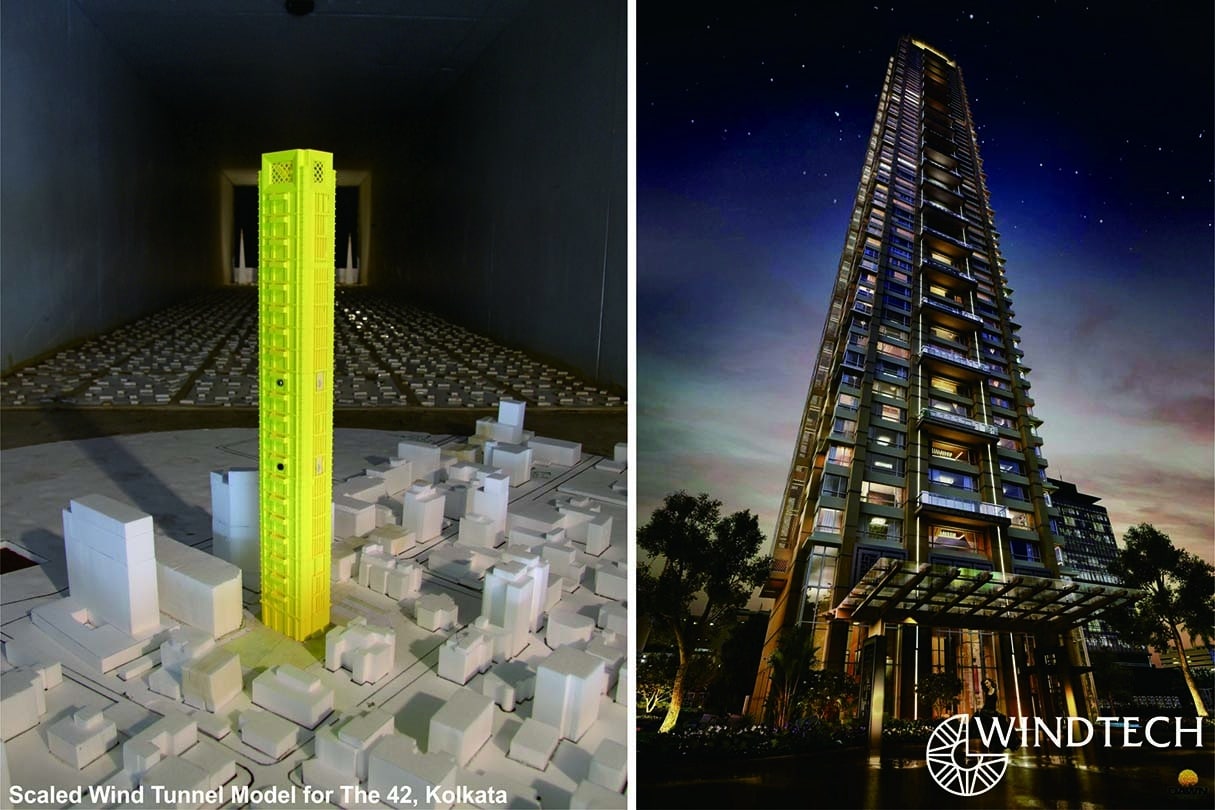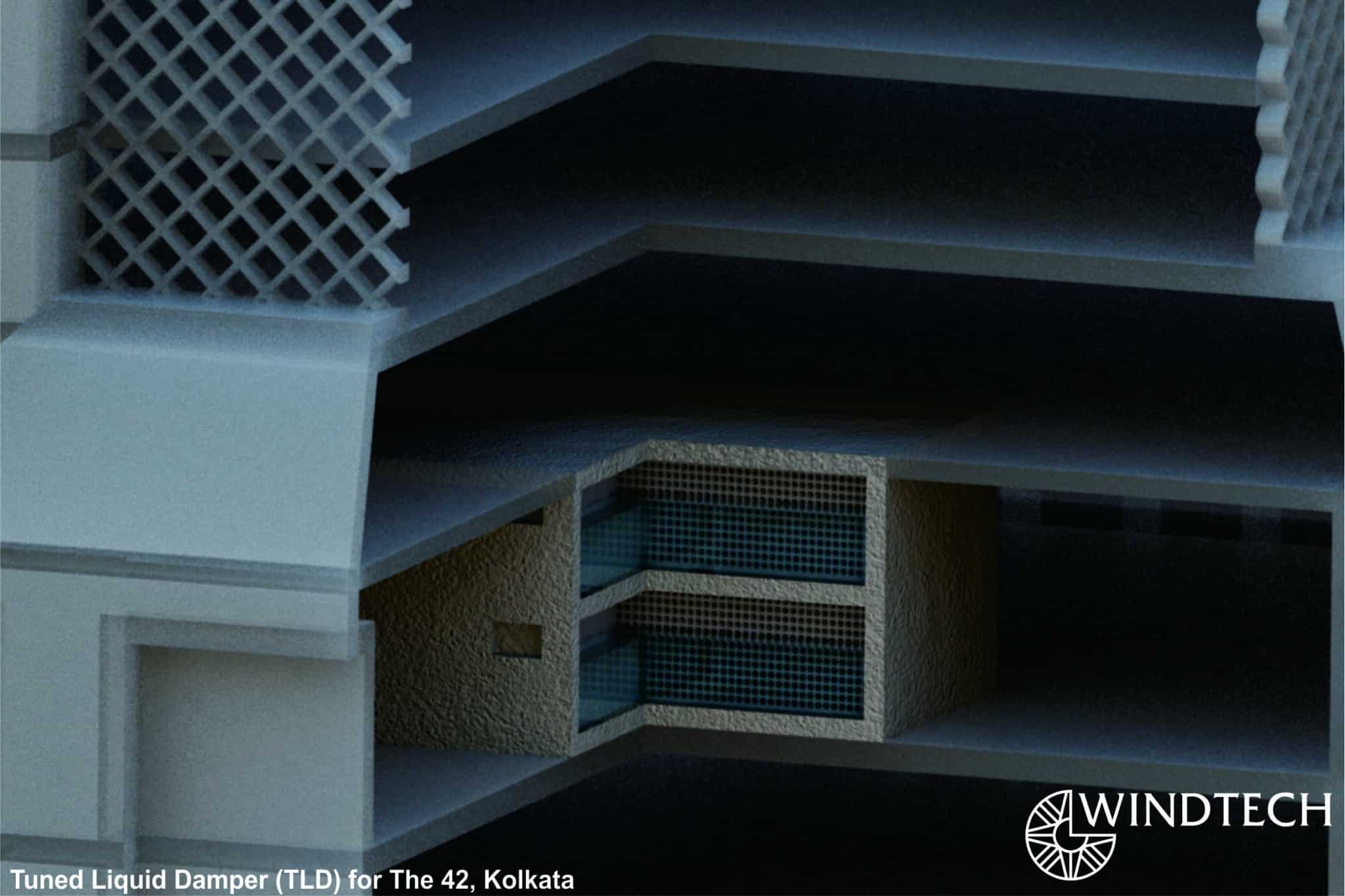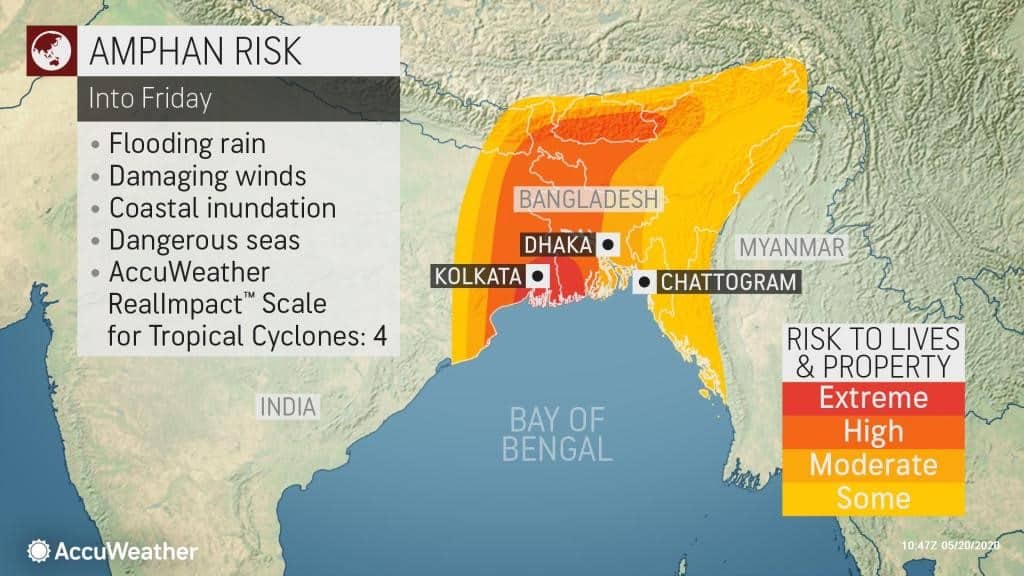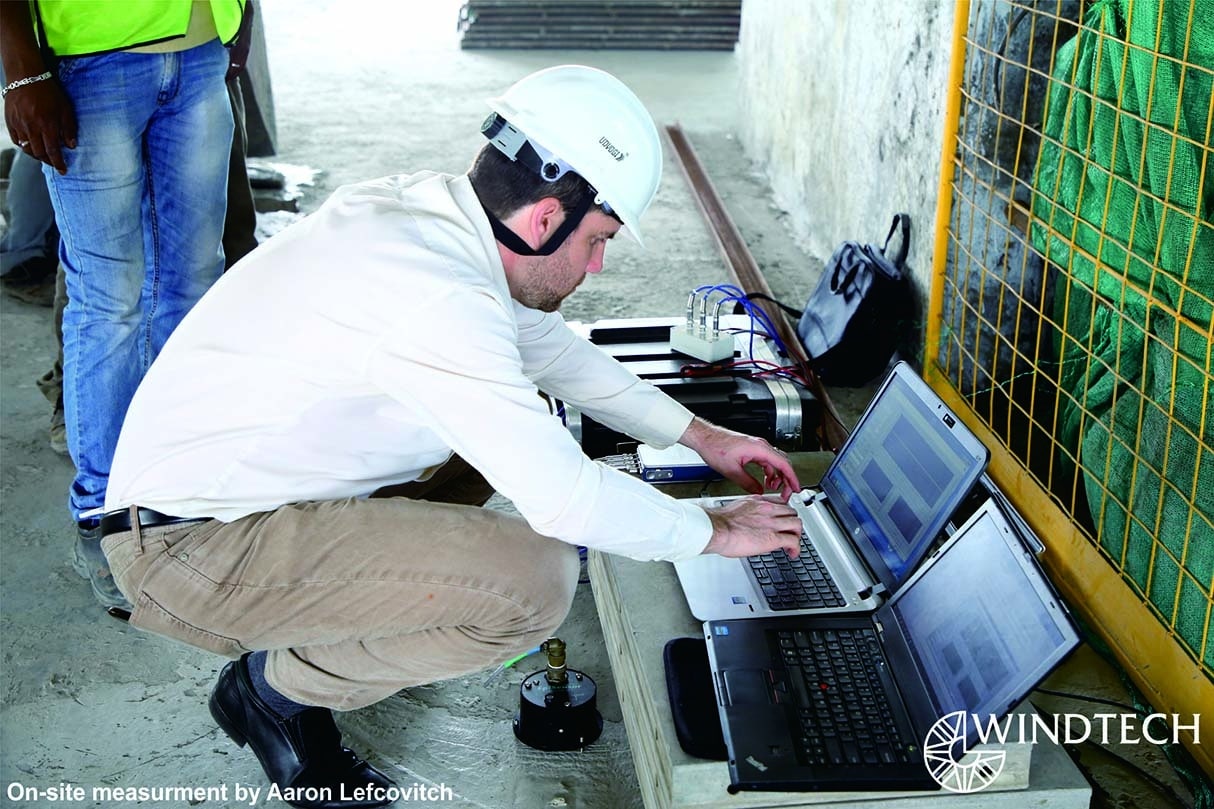Wind Tunnel Testing India
Tallest Tower In Kolkata, India
Wind engineering methods implemented:
The building’s structural and cladding system was designed to withstand a 1 in a 50-year extreme wind event. Windtech Consultants conducted a wind tunnel study during the design stage, utilising a scale model of the tower equipped with over 400 surface pressure sensors capable of measuring pressure at each location more than 2000 times a second.
From these tests, an accurate distribution of pressure over the building envelope was obtained to help design the cladding elements and the fixtures that tie them back to the building. Loads on the superstructure and the tower’s responses to these loads were also obtained to assist the structural engineer when tuning their structural system.
Challenges faced during the process:
Due to the height, extremely slender form and the architectural constraints dictating the structural design, it was found that under serviceability wind conditions, the tower’s movement was predicted to be uncomfortable for its occupants. As this issue was identified at the design stage using accurate wind tunnel testing, it created an opportunity to investigate a range of possible solutions to mitigate this effect.
Solution:
Solutions such as building corner modification, removal of floor cluster, building tapering to confuse synchronous loads from increasing the magnitude of oscillation and/or significant modifications to the structural system were not well suited to this project.
The solution chosen was to install an auxiliary damper. Building motion dampers work in much the same way as the shock absorbers on a car – however, instead of absorbing the impact of a pothole for the comfort of those driving the car, the building damper reduces the impact of wind vortices thereby improving the comfort of tenants in the building.
To mitigate this issue, Windtech designed and tested a prototype of the tuned liquid damper (TLD), which was ultimately installed in the building. The TLD reduced the impact of wind vortices, thereby improving the comfort of tenants in the building.
This project highlights the significant importance of engaging a professional wind engineer.
Cyclone Amphan:
A short time after the completion of the construction of this very tall slender tower, Kolkata was hit square on by the super cyclone Amphan in May 2020. This tower managed to stand up to such a powerful cyclone, which had a destructive impact on Kolkata, India with wind speeds gusting up to 130 km per hour (80mph), few could have imagined its destructive power.
Just over a decade ago, the city was rocked by cyclone Aila and cyclone Bulbul. However, most had suggested that Amphan was on another scale not seen in a lifetime. Some had likened the experience to that of an earthquake where buildings were swaying back and forth. This feeling was more pronounced for those living in high-rise developments. This event has once again emphasised the importance of rigorous wind engineering for high-rise buildings.
The 42, the brainchild of a consortia of Mani Group, Sattva & Salarpuria, Alcove Realty and Diamond Group. The tallest and most high-profile development in Kolkata is an excellent example of a well-engineered building designed to withstand extreme wind events.
Need help with an upcoming project? Don’t hesitate to contact our dedicated Global Wind Engineering team, who will gladly assist. With offices in Sydney & Melbourne, Australia, London, UK, and Mumbai, India. New York & Miami, USA, Dubai, Hong Kong & Singapore, we guarantee to support you wherever you are based.






